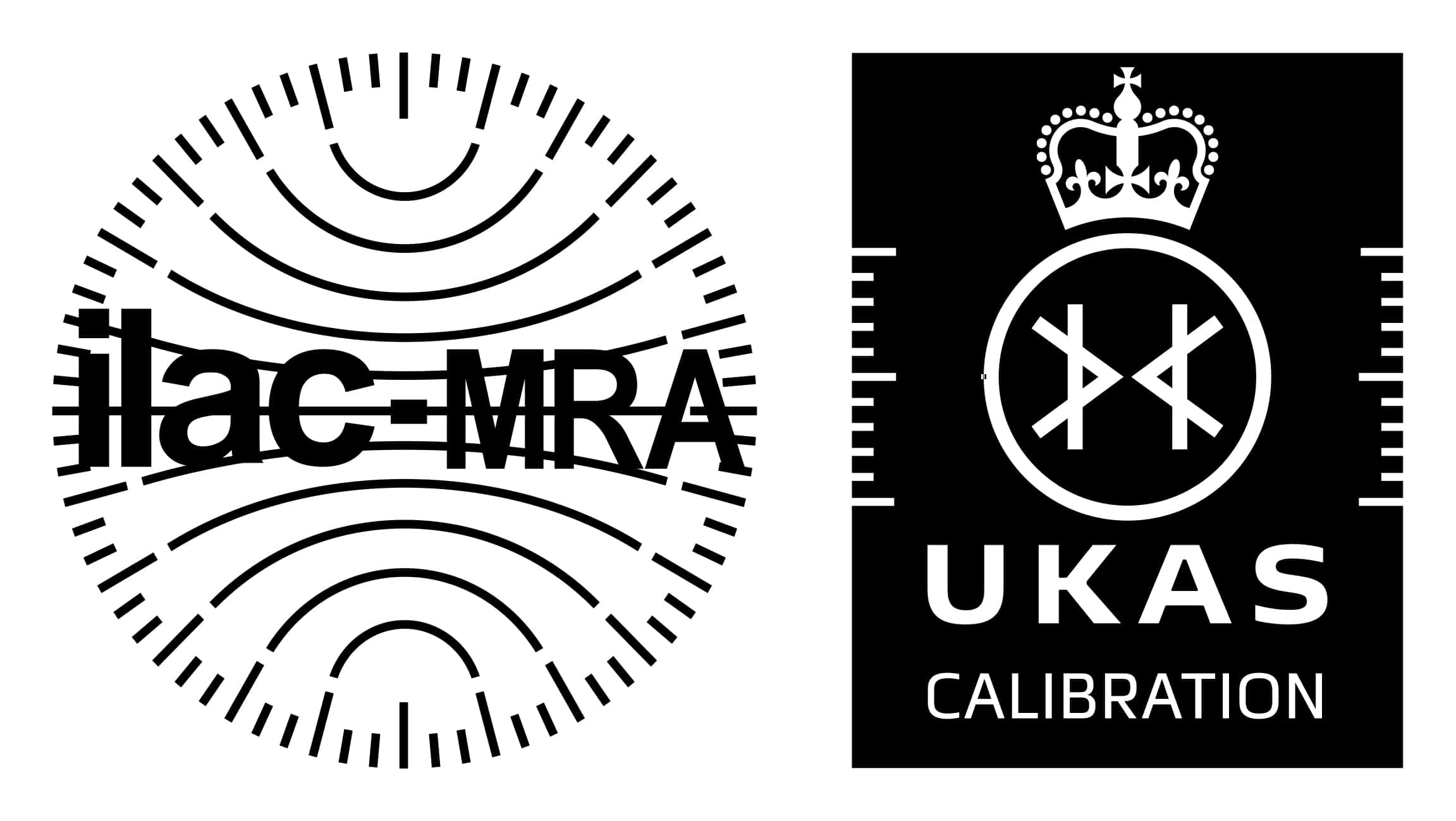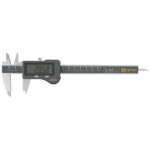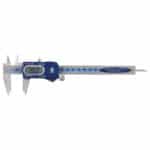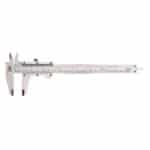Metrology Instruments
How do I use Vernier Calliper Gauges?
British Standard Reference : BS 887 : 1982
1. Select the calliper that best suits your requirement. Ensure that the type, measuring range, graduations and other specifications of the caliper are appropriate to your application.
2. Never apply excessive force to the slider or the locking screws, should you be unfortunate and drop a calliper gauge, do not use until the calliper has been re-calibrated/repaired by an appropriate repair agent.
3. Be careful not to damage the measuring jaws and always examine both the internal and external measuring jaws for damage prior to use.
4. After use, clean the calliper with a lint free paper or cloth.
5. Check the slider movements for smoothness of travel. There should be no free play or intermittent restriction of movement. Report all non conformances to an appropriate authority.
6. When taking external measurements, position the workpiece as deep inside the measuring jaws as possible.
7. When taking internal measurements, position the measuring jaws as deep inside the workpiece as possible.
8. Avoid parallax errors by reading the scale directly from the front and squarely on.
9. Care should be taken with the measurement of small diameter holes, as these are somewhat smaller than the actual diameter indicated (see appendix 1).
10. When storing calipers for long periods of time, or when it needs oil, use a lint free paper or cloth dampened with a rust preventative oil and lightly wipe each section, ensure that the oil is spread evenly over the surfaces.
11. Always leave the measuring faces separated and when not in use, always place caliper in its case.
12. Never leave or store the caliper for long periods of time in a high humidity environment.
13. Never use a caliper that has not been calibrated, if in doubt consult an appropriate authority.





